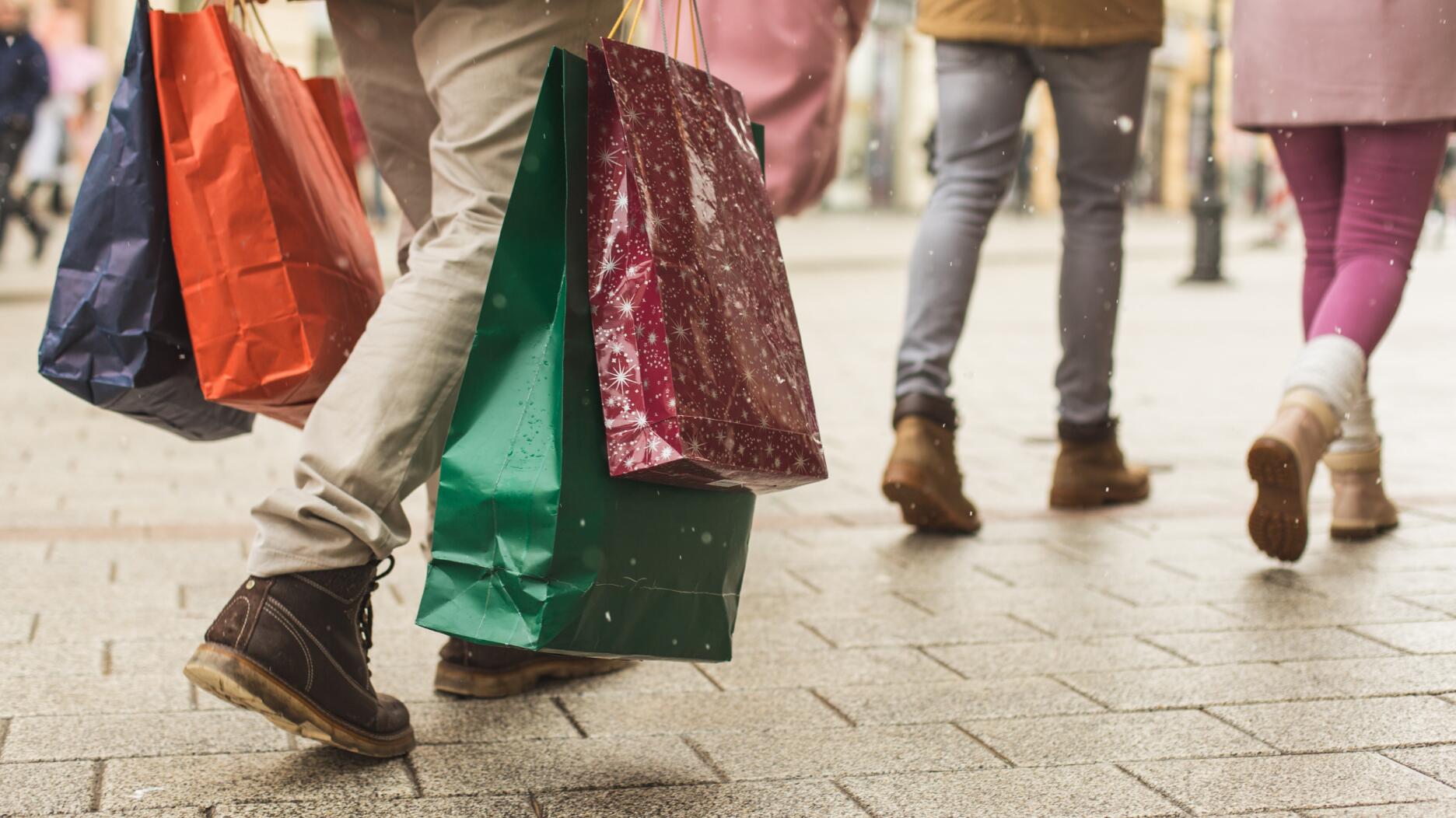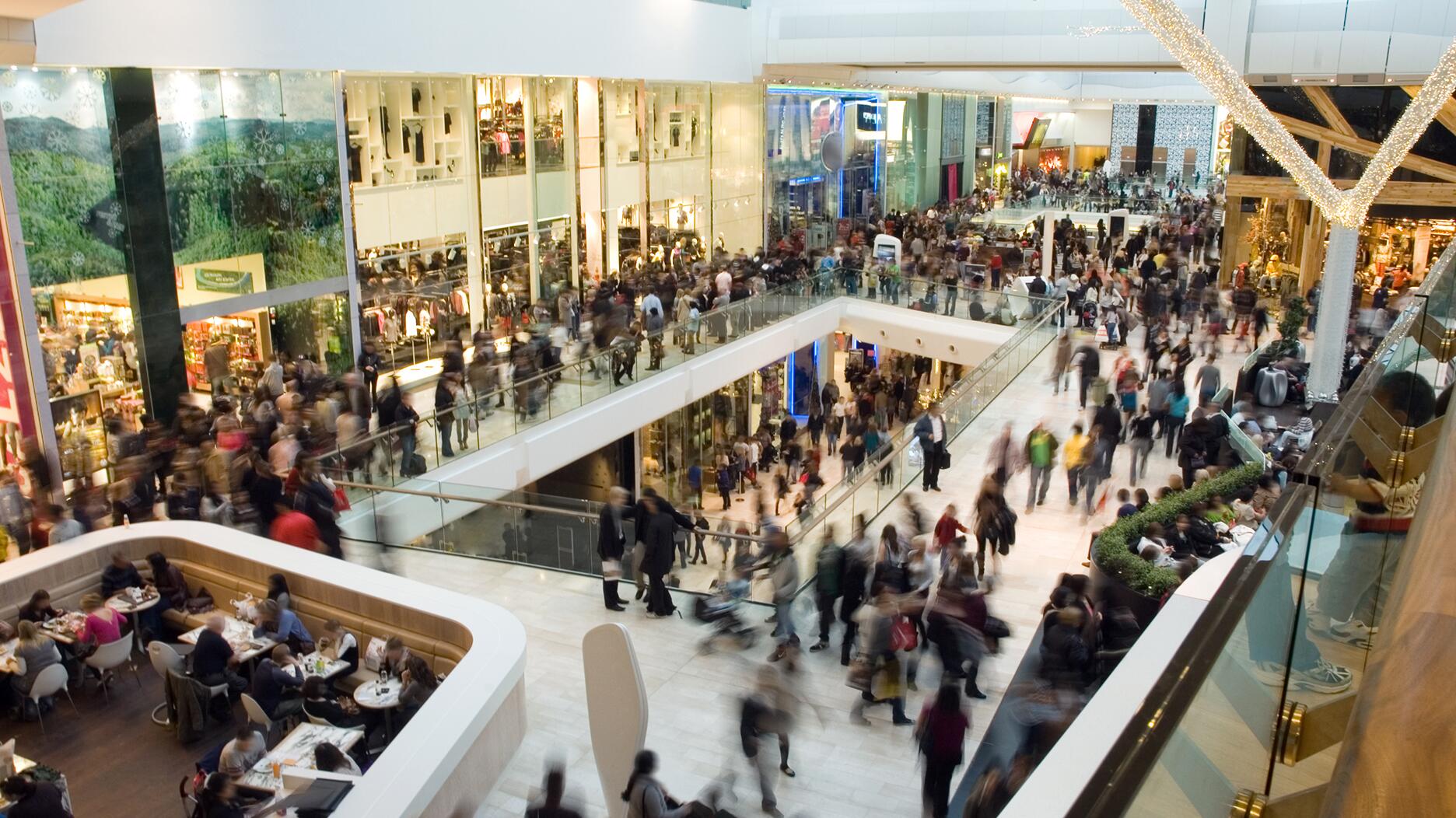The filmmaker’s personal F.P. Journe “FFC” prototype was the star of Phillips’ recent record-setting watch auction in New York.
5 Things to Know About Quarantine Proposals, Engagement Rings
In this year unlike any other, newly engaged couples spent less but celebrated just as much.

New York—From limited shopping opportunities to ever-changing pandemic conditions, newly engaged couples had to get creative this year, according to The Knot’s 2020 Jewelry & Engagement Study.
The wedding planning website reached out to more than 5,000 individuals who were engaged between April and November to learn more about how they’re shopping and what they’re buying.
In the midst of proposal season, which runs from November to February, here are a few highlights worth noting from this year’s survey.
1) Couples are spending less on engagement rings this year.
The national average cost of an engagement ring in 2020 is $5,500, down from $5,900 in 2019, according to The Knot.
The average center stone was 1.3 carats, while the average total carat weight of an engagement ring was 1.5 carats.
RELATED CONTENT: ‘Tis the Season … To Get Engaged, According to These Jewelers
Despite the uncertainty stemming from the COVID-19 pandemic, 86 percent of those surveyed said the state of the economy and uncertainty about the future did not impact how much they spent.
The cost difference between 2019 and 2020 was “minimal,” said the Knot.
“Despite challenging times and changes to many original proposal plans due to COVID-19, couples around the nation continued to strengthen and progress their relationships, showcasing how even in the most challenging times love cannot be canceled,” said Kristen Maxwell Cooper, editor-in-chief of The Knot, in a press release about the survey.
2) Proposals looked a little different this year.
Nearly half of proposers in 2020 started planning to pop the question within four weeks of the actual proposal, since COVID-19 restrictions made planning too far in advance tricky.
That’s a significant change from the 2019 survey, which found nearly half of proposers spent one to six months planning.
Spontaneous proposals were also on the rise, with 17 percent of proposers deciding to pop the question the same day, up from 13 percent in 2019.
About half, 48 percent, had to rethink their proposal plans including changing the location (67 percent), date (63 percent) and how the proposal took place (56 percent).
COVID-19 restrictions delayed 71 percent of proposals, as per the survey, and changed the involvement of friends and family for 52 percent.
However, one in 10 survey-takers said they did host same-day virtual engagement parties with families and friends.
Where people popped the question was more or
Scenic viewpoints topped the list at 31 percent, followed by at home (23 percent), a place that’s special to the couple (16 percent), and while hiking or during other outdoor activities (15 percent).
Private proposals were still the norm, with half of couples getting engaged with just the two of them present.
3) Round stones and white gold still reign supreme.
Round stones remained the most popular center stone cut, chosen by 43 percent of survey-takers, followed by princess/square (13 percent) and oval (15 percent).
White gold was the most popular metal at 48 percent followed by yellow gold (16 percent), rose gold (13 percent) and platinum (13 percent).

Style and setting, center stone shape, and type of stone were the most important features when choosing a ring.
About half of survey-takers said they added a personal touch to engagement rings, with 48 percent of rings customized in some way.
4) More than half of engagement rings are still bought in a store.
From meeting a partner to finding the perfect ring, technology played a role in every aspect of the proposal, particularly for millennials and Gen Zers.
One in four newly engaged couples met on a dating app, the most popular way to meet among those surveyed.
Proposers took advantage of more online features when shopping for an engagement ring, with 33 percent of those surveyed researching rings online.
And 11 percent reached out to jewelers via social media while 10 percent set up virtual consultations.
While nearly one-third of respondents said they bought their engagement ring online, a majority of rings (63 percent) were bought in person. Those in-person purchases were mostly made at a local jeweler (51 percent) or a national retailer (33 percent).
While in-person shopping took the top spot, shoppers visited fewer retailers this year, an average of two versus three in 2019, and looked at fewer rings, an average of eight, down from 15 in 2019.
5) Despite the pandemic, couples aren’t waiting to get married.
The majority of those surveyed, 66 percent, jumped into wedding planning just one month after their engagement, compared with 57 percent in 2019.
More than eight in 10 couples have set their upcoming wedding date with seven in 10 choosing a 2021 date. Notably, 71 percent are planning their nuptials for the second half of 2021.
Of the 20 percent who have not yet set a wedding date, 59 percent attribute the delay to COVID-19.
The Knot’s 2020 Jewelry & Engagement Study was conducted in November among more than 5,000 U.S. adults, aged 18 to 54, who got engaged between April and November.
The Latest

The new location in the Design District pays homage to Miami’s Art Deco heritage and its connection to the ocean.

“Longtime favorite” presenters, as well as first-time speakers, will lead talks and workshops at the annual event in Tucson next year.

How Jewelers of America’s 20 Under 40 are leading to ensure a brighter future for the jewelry industry.

Silas Smith of Meridian Metalworks won the challenge with his pendant that blends Australian and American landscapes.


The sale of the 31.68-carat, sunset-hued stone was part of Sotheby’s first series of events and auctions in Abu Dhabi.

Most customers who walk into your store this month have made up their minds. Your job is to validate their choice, Emmanuel Raheb writes.

Roseco’s 704-page catalog showcases new lab-grown diamonds, findings, tools & more—available in print or interactive digital editions.

The collection features characters and motifs from Ukrainian folklore, including an enchanted mirror and a magic egg.

MatrixGold 3.11, the newest version of the jewelry design program, offers more flexibility, precision, and creative control.

The pavilion will be part of the 2026 JA New York Spring show, scheduled for March 15 to 17.

Kadet, a 1994 National Jeweler Retailer Hall of Fame inductee, helped grow the family-owned retailer in the Chicago area and beyond.

Billed as the world’s smallest wearable, Lumia Health’s new smart earrings have a health tracker subtly embedded in the back.

Don’t let those with December birthdays feel blue. Help them celebrate their month with blue zircon, turquoise, and tanzanite.

The new pink sapphire version of the piece dances with its wearer in the brand’s “Icons After Dark” holiday campaign.

A choice that’s generated a lot of commentary, Pantone says “Cloud Dancer” marks a fresh start and encourages relaxation and creativity.

The manufacturer’s holiday campaign features a gift guide filled with trending designs and jewelry that can be personalized.

The man was charged with theft, accused of ingesting the necklace while in a jewelry store in Auckland, New Zealand.
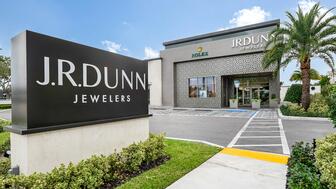
The Florida independent expanded its store from 8,000 to 14,000 square feet, fulfilling the vision of its late co-founder, Jim Dunn.
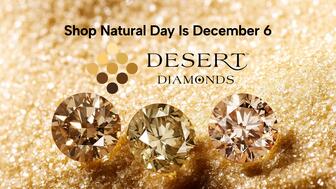
Sponsored by De Beers Group
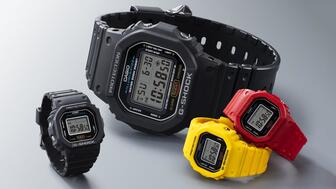
The classic 5600 series G-Shock has been scaled down to about a tenth of its size, becoming a fully functioning watch ring.

The association’s annual conference and gala will take place Feb. 4, 2026, during the Tucson gem shows.
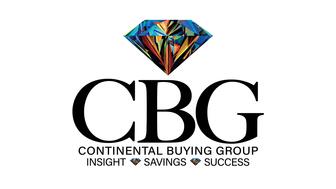
The January show will include a workshop for jewelry retailers on implementing AI to strengthen their businesses.
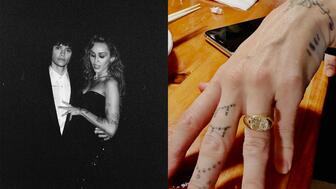
Fellow musician Maxx Morando proposed to the star with a chunky, cushion-cut diamond ring designed by Jacquie Aiche.
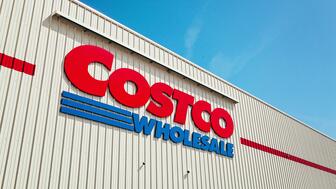
The retailer, which sells billions in fine jewelry and watches, is suing the Trump administration and U.S. Customs and Border Patrol.
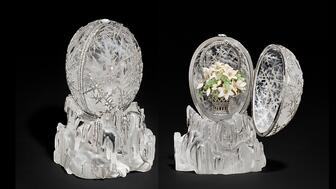
The historic egg, crafted for Russia's ruling family prior to the revolution, was the star of Christie’s recent auction of works by Fabergé.
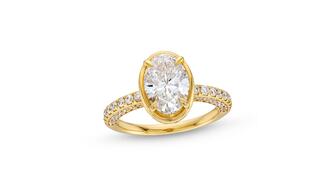
The retailer offered more fashion jewelry priced under $1,000, including lab-grown diamond and men’s jewelry.











